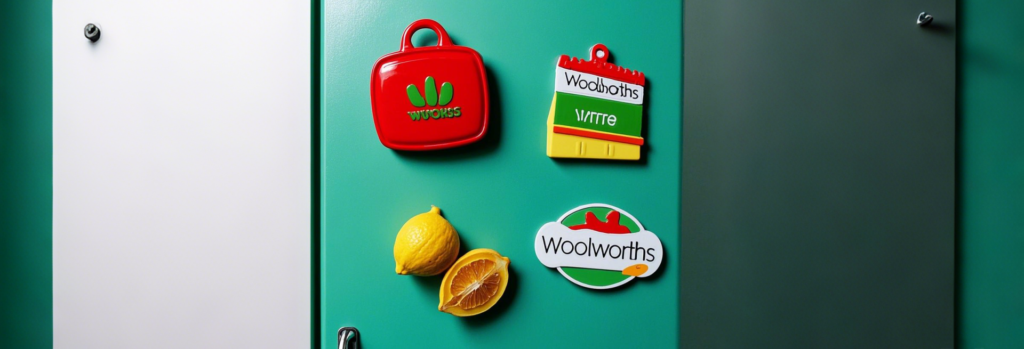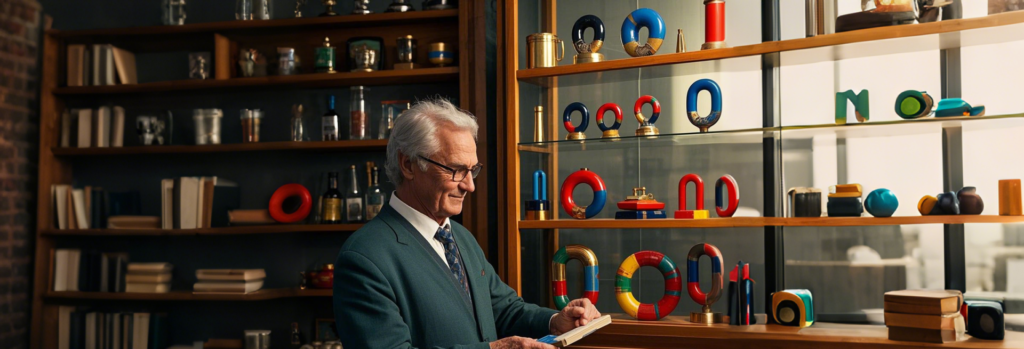The Unexpected Artistry of Fridge Magnets
Exploring How These Miniature Fridge Magnets Chronicle Travels, Traditions, and the Heartfelt Bonds of Home
The Humble Fridge Magnets: A Tiny Icon of Culture, Memory, and Everyday Art
Fridge magnets are ubiquitous yet often overlooked artifacts of modern life. These small, decorative pieces cling to refrigerators worldwide, blending practicality with personal expression. Beyond their role as mere holders of shopping lists or school artwork, they serve as miniature storytellers, capturing memories, tastes, and journeys. This article explores the history, utility, and cultural resonance of these everyday objects.
History and Origins – Fridge Magnets
The fridge magnet’s journey began alongside the rise of household refrigerators in the mid-20th century. Early refrigerators, introduced in the 1930s, featured smooth, magnetic surfaces, but it wasn’t until the 1950s that companies like Woolworths capitalized on this feature by selling decorative magnets. Initially simple—advertising local businesses or displaying floral motifs—they gained popularity in the 1970s as globalization made colorful, mass-produced designs affordable. By the 1980s, fridge magnets had evolved into souvenirs, collectibles, and even art mediums, cementing their place in kitchens everywhere.
More Than Decoration: Function Meets Art
While aesthetics drive their appeal, fridge magnets are inherently functional. They secure reminders, recipes, and children’s artwork, turning the fridge into a family bulletin board. Educational variants, like alphabet magnets, aid early childhood learning. Magnetic poetry kits, popularized in the 1990s, transform refrigerators into canvases for whimsical wordplay. For businesses, branded magnets act as subtle yet enduring advertising, lingering in homes for years.

Even today, Woolworths continues to utilize Fridge Magnets as promotional souvenirs.

Transforming the fridge into a family bulletin board, educational variants such as alphabet magnets play a role in facilitating early childhood learning.
A World of Designs
Refrigerator magnets mirror global creativity. Tourists collect miniature Eiffel Towers or Statues of Liberty, while food-themed magnets—think pizza slices or sushi—celebrate culinary cultures. Humorous quotes, animal shapes, and personalized photo magnets add individuality. Materials range from durable plastics and ceramics to eco-friendly wood and recycled metals, reflecting growing environmental consciousness.

Refrigerator magnets display global creativity. Tourists pick mini landmarks, food magnets celebrate cuisines, unique designs add character, and materials show eco – sense.
Cultural Significance and Collectibility
These magnets often symbolize identity and wanderlust. A collection from travels narrates a personal journey, while locally crafted designs preserve regional heritage. Enthusiasts trade rare pieces, and events like magnet swaps foster community. In 2012, Guinness World Records recognized Louise Greenfarb’s collection of over 70,000 magnets, highlighting their collectible allure.

The Alluring World of Louise Greenfarb’s 70,000 – Magnet Hoard
Refrigerator magnets are miniature portals to memories, cultures, and creativity. They transform a mundane appliance into a dynamic gallery of life’s moments. Whether as a souvenir from Paris, a child’s first spelling tool, or a quirky decor piece, their charm lies in their ability to be both ordinary and extraordinary. In a digitized age, these tactile tokens remind us of the joy in small, tangible connections.
